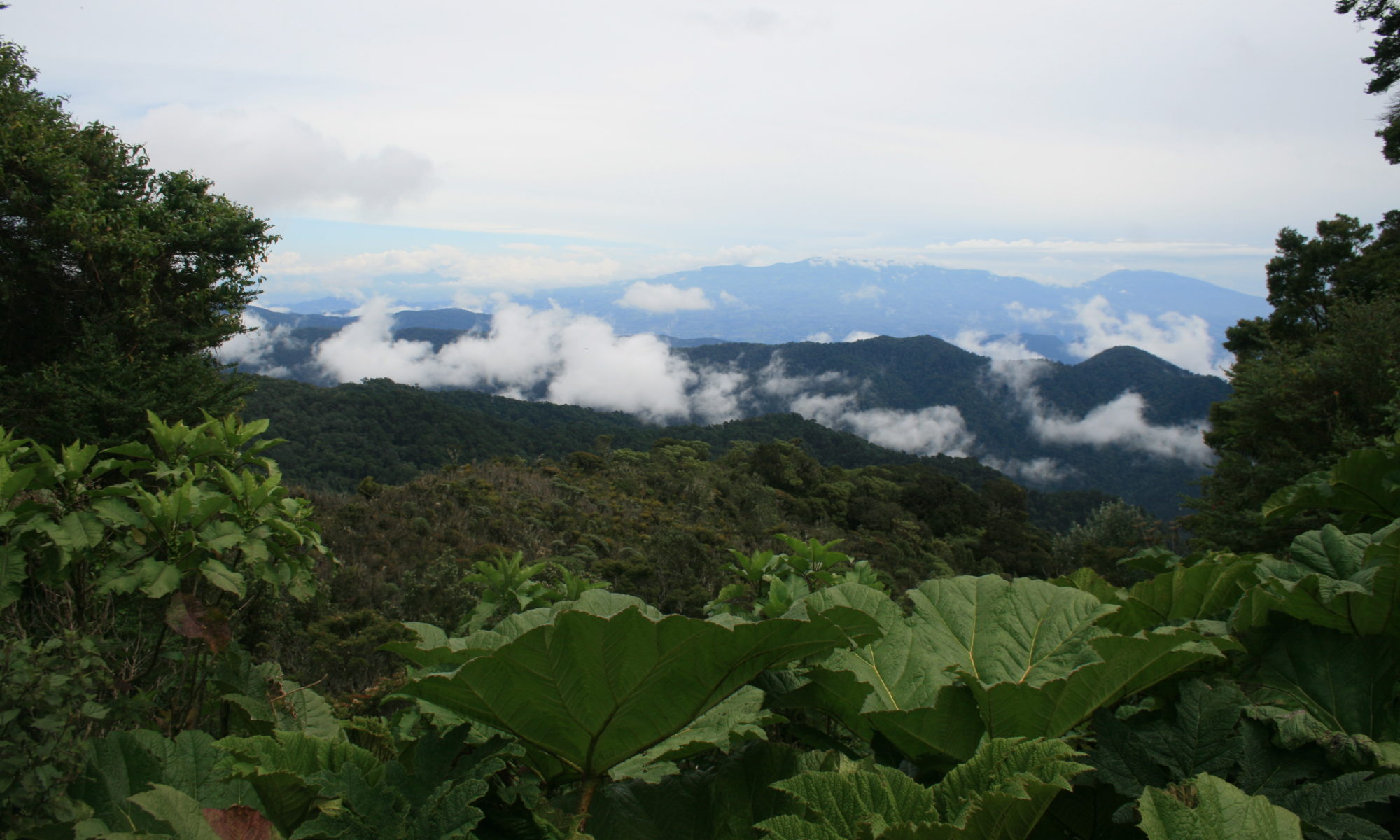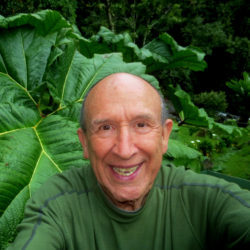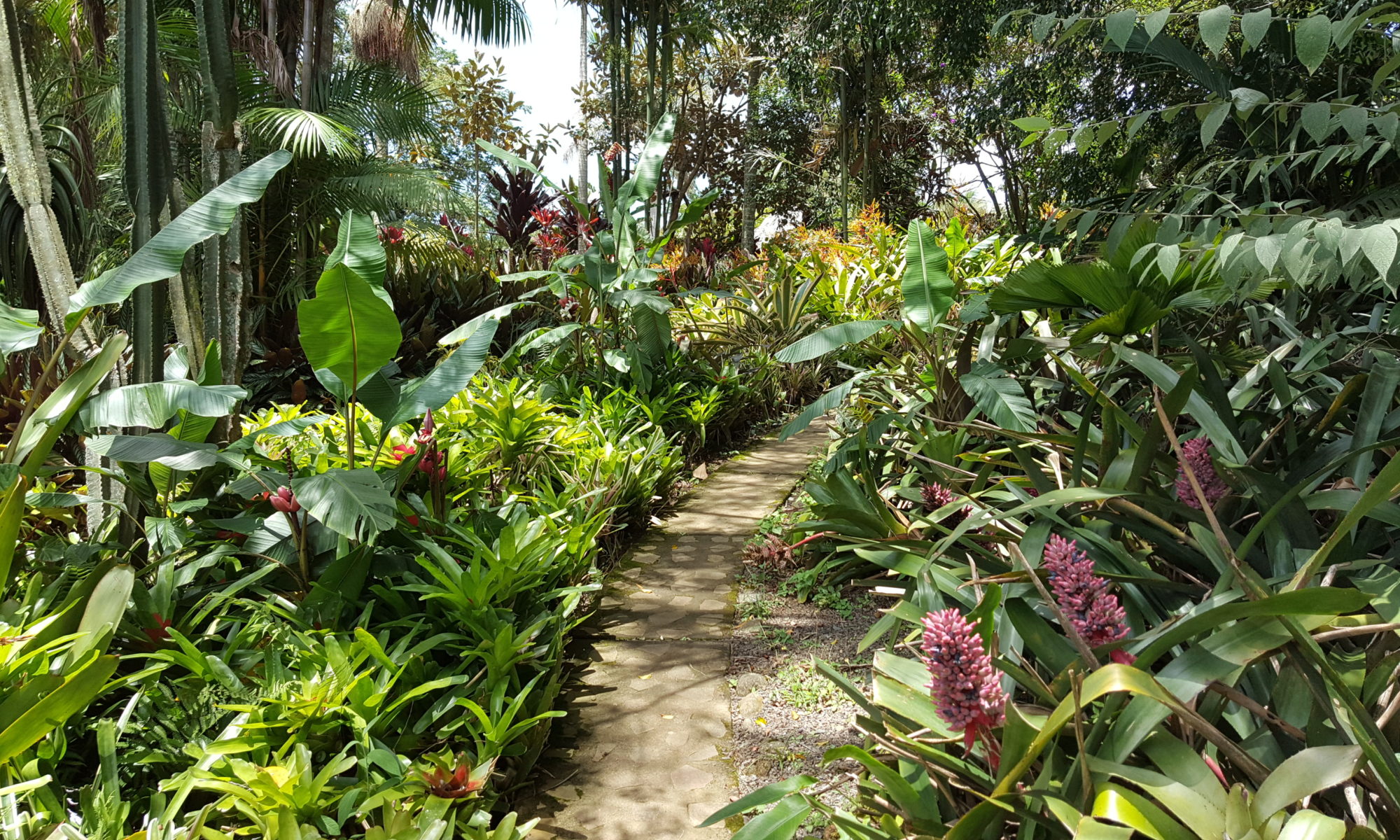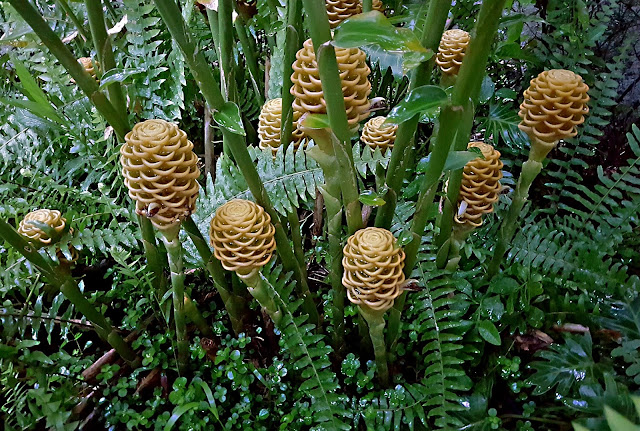If you count the unofficial paths and trails there are possibly 5 miles of walking/hiking ways within the Xandari property. And I think I have walked over every portion except a little section that dead ends along the river. Around the villas and through the gardens is paved while through the farm and to the waterfalls is dirt paths, sometimes muddy this time of year! I came back to my room with muddy shoes every day! Just a sampling of trails and I did not include some grass-covered paths. Trails are a great way to immerse yourself in nature!
¡Pura Vida!
See my Trip Photo Gallery: 2018 Xandari Resort
Xandari costa rica (their website)























































